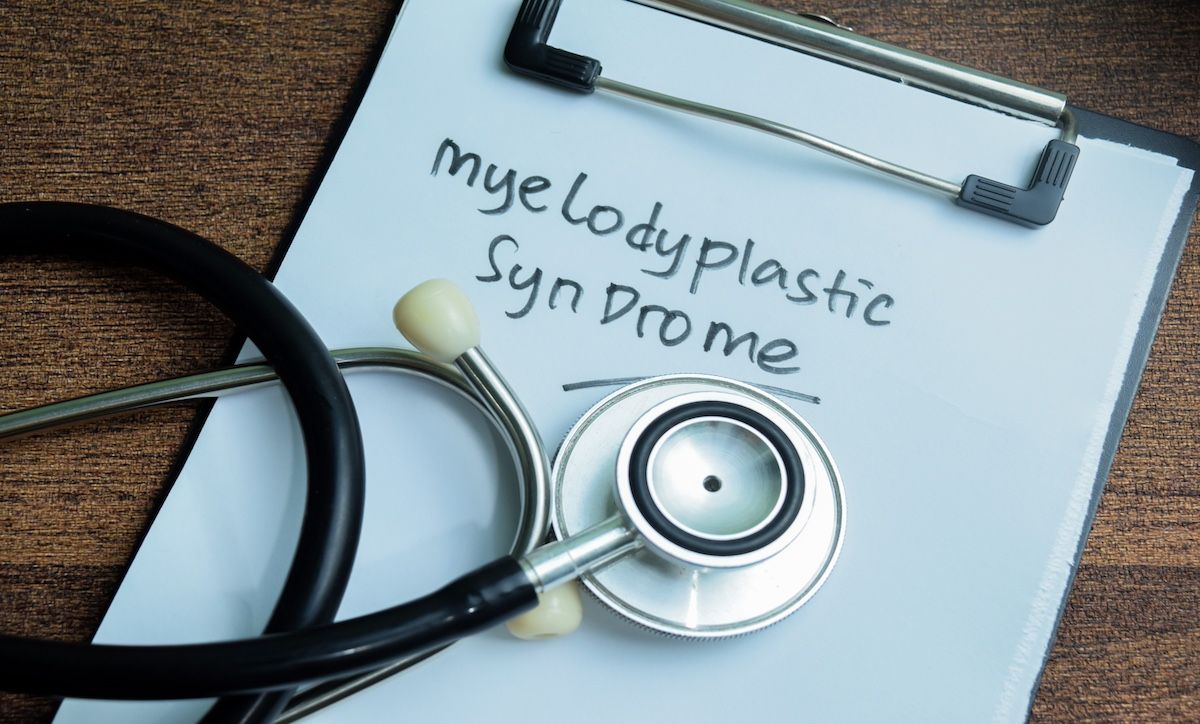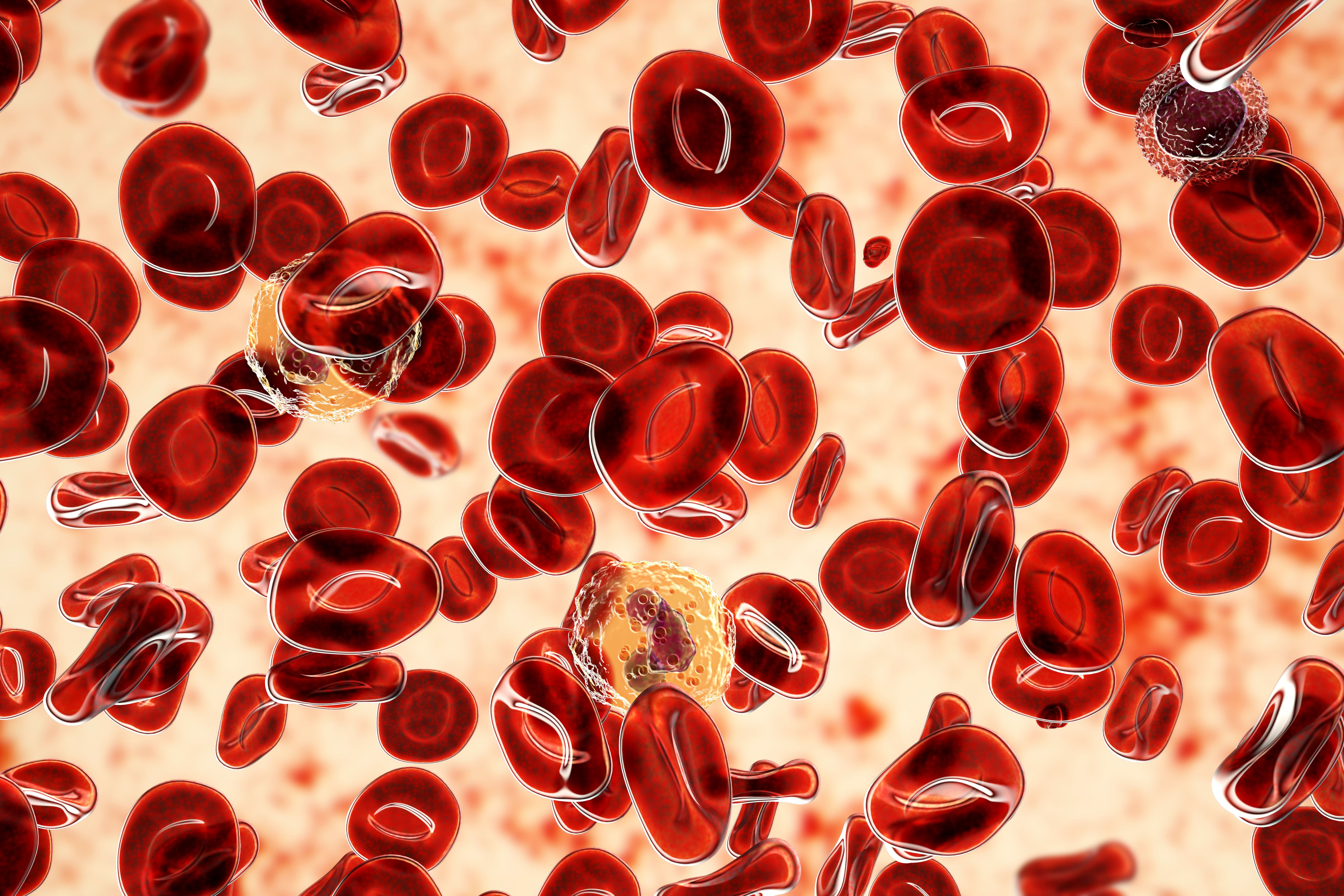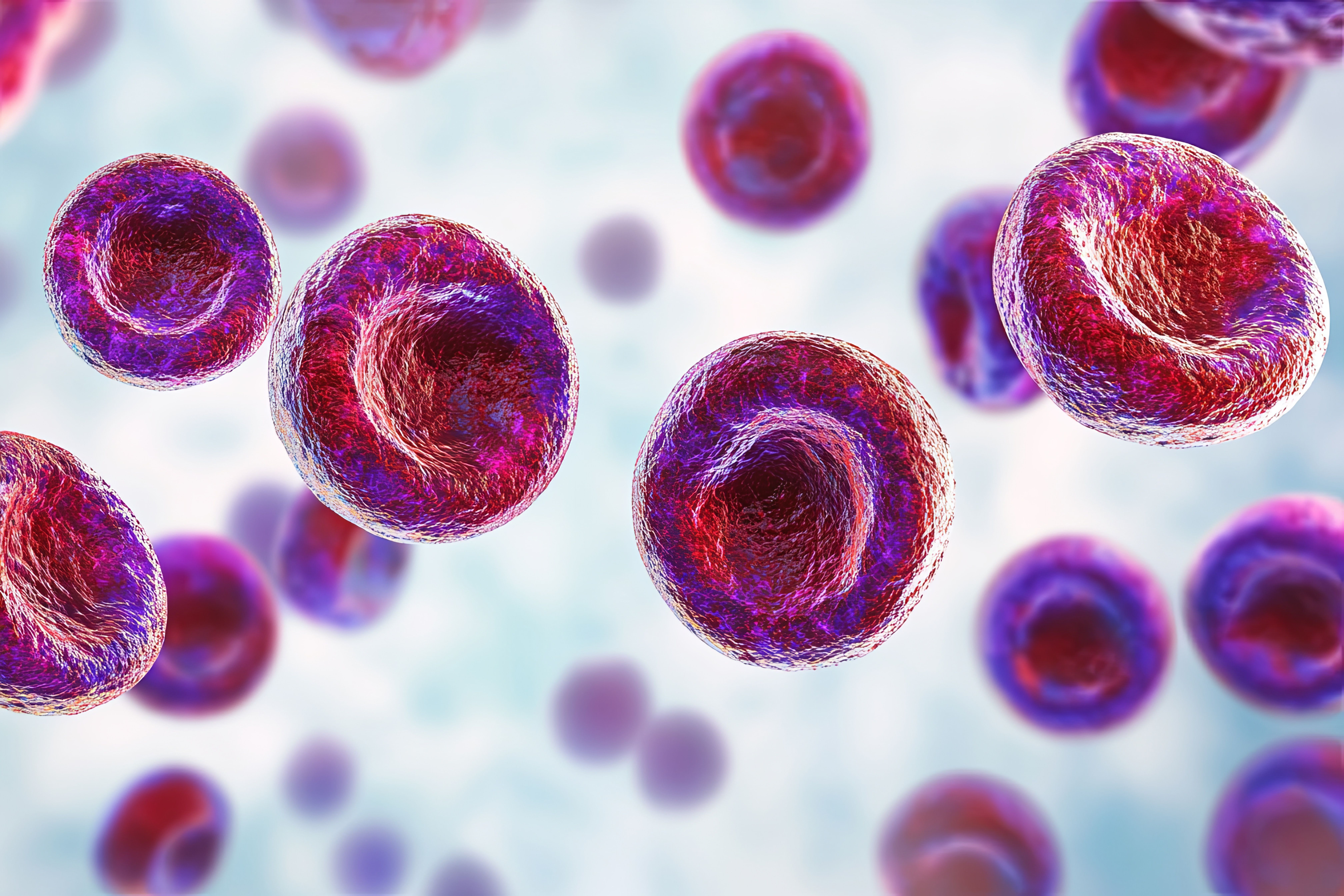Article
What Is the Economic Value of Receiving CAR T-Cell Therapy in an Outpatient Setting?
Author(s):
Chimeric antigen receptor (CAR) T-cell therapy has been shown to improve health-related quality of life in patients with relapsed/refractory diffuse large B-cell lymphoma (LBCL). Currently, CAR T-cell therapies are primarily administered in inpatient settings. In a study published in JAMA Network Open, researchers found CAR T-cell therapy administered to patients with relapsed or refractory LBCL in outpatient settings was associated with lower estimated overall costs.
Chimeric antigen receptor (CAR) T-cell therapy has been shown to improve health-related quality of life in patients with relapsed/refractory diffuse large B-cell lymphoma (LBCL). Currently, CAR T-cell therapies are primarily administered in inpatient settings.
In a study published in JAMA Network Open, researchers found CAR T-cell therapy administered to patients with relapsed or refractory LBCL in outpatient settings was associated with lower estimated overall costs. CAR-T cell therapies also “hold promise for patients with hematologic malignant neoplasms that are unresponsive or resistant to standard treatments,” researchers said.
The treatment involves harvesting and reengineering an individual’s own cells to attack specific malignant cells. CAR-T cells were initially developed using knowledge gleaned from allogeneic stem cell transplants—that donor mature immune cells can attack healthy cells in the recipient patient.
In an economic evaluation, researchers used a decision-tree model to document patient clinical outcomes and costs, using only hypothetical patients and facilities. Excluding the CAR T-cell acquisition cost, researchers found “hospitalization and office visits comprised 65.3% of the costs in inpatient settings and 48.4% of the costs in outpatient settings.” Specifically, outpatient administration of CAR T-cell therapy in nonacademic specialty oncology networks was associated with a $32,987 (40.4%) reduction in total costs. Sensitivity analyses were carried out to address assumptions made to build the model.
“Before the approval of CAR T-cell therapy, the available treatments for patients with relapsed or refractory LBCL included high-dose chemotherapy, salvage chemotherapy, and autologous hematopoietic stem cell transplantation (auto-HSCT); however, the prognosis after these treatments is often poor,” authors said.
Researchers analyzed a predefined period from lymphodepletion to 30 days after the receipt of CAR T-cell infusion, in order to account for potential incidences of adverse events. Data were collected from several sources including the Healthcare Cost and Utilization Project National Inpatient Sample and the Medicare Hospital Outpatient Prospective Payment System. Investigators used secondary literature to inform model inputs.
Total cost of therapy included any costs associated with lymphodepletion, acquisition and infusion of CAR T-cells and management of acute adverse events.
The model also showed:
- Administration of CAR T-cell therapy in nonacademic specialty oncology networks was associated with a $29,834 (55.9%) decrease in hospitalization and office visit costs and a $3154 (20.1%) decrease in procedure costs
- Total cost of care associated with the administration of CAR T-cell therapy was $454,611 (95% CI, $452,466-$458,267) in the academic hospital inpatient setting compared with $421,624 (95% CI, $417,204-$422,325) in the outpatient setting
- Assuming that both CAR T-cell adverse event (AE) profiles could be observed at either site of care, AE incidence was associated with a cost of $41,063 (95% CI, $417,204-$458,267) in the base-case analysis
Researchers also included a scenario analysis to evaluate the impact of lower AE incidence (cytokine release syndrome and neurological event rates). In this scenario, AE incidence was recorded, while all other AE and model parameters remained the same, including days to AE onset, AE duration, and AE management strategies. Additional adverse events like tumor lysis syndrome, infection, and macrophage activation syndrome or hemophagocytic lymphohistiocytosis are associated with CAR T-cell therapy but were not included in this analysis.
In this scenario, the model found patients who received CAR T-cell therapy in a nonacademic specialty oncology network setting would save $27,294 compared with the inpatient setting. In addition, in the scenario analysis the decrease in incremental cost reductions “was associated with a lower overall incidence of AEs, which reduced the consequences of associated AE management costs, while the monitoring required at baseline was held constant.”
The results indicate CAR T-cell therapy with a better safety profile may be more economical and could further leverage the outpatient site of care, researchers said. They concluded, “The potential availability of CAR T-cell therapies with lower AE rates that are suitable for outpatient administration may reduce the total costs of care.”
One limit to the study highlighted by the authors is the fact that outpatient administration may not be an option for all patients with LBCL. Eligibility can be contingent on the patient’s health status, support system, or the availability of housing near hospitals.
However, some specialists predict a gradual shift of all CAR T-cell therapies to the outpatient setting. “Part of the reason for that [shift] is the way that it's reimbursed as an outpatient therapy is slightly more favorable—so, financially it is better to do that,” said John Sweetenham, MD, professor in the Department of Internal Medicine at UT Southwestern Medical Center and the Associate Director for Clinical Affairs at UTSW’s Harold C. Simmons Comprehensive Cancer Center.
He continued, “The problem is that these are very toxic treatments, and that many of the patients are not going to be manageable in the outpatient setting; but I do see that as one of the factors which is influencing a slow transition to outpatient CAR-Ts.”
Expanded access to novel therapies in immune-oncology (IO) like CAR T-cell therapy also remains a priority among community level oncologists. Reimbursement, operational, and medical challenges associated with cellular therapy inhibit widespread uptake of the therapy, explained Lee Schwartzberg, MD, FACP, chief medical officer and board member at OneOncology. “Only a small number of patients, frankly, have been treated with the first-generation CAR-T cells. So we need to develop new technologies and new operational models to do this,” he said in an interview with The American Journal of Managed Care®.
Reference
Lyman GH, Nguyen A, Snyder S, et al. Economic evaluation of chimeric antigen receptor T-cell therapy by site of care among patients with relapsed or refractory large B-cell lymphoma [published online April 6, 2020]. JAMA Netw Open. doi: 10.1001/jamanetworkopen.2020.2072.





